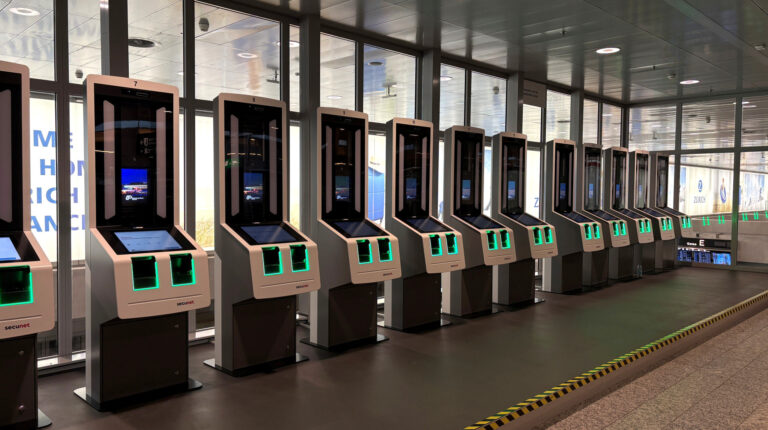The Entry Exit System (EES), which requires non-EU citizens to register at the EU border by scanning their passport and having their fingerprints and photograph taken, went live at some European airports on October 12 as part of a phased introduction over the next six months.
Non-EU citizens now need to register on their first visit to a country where EES checks are operating. Registration is valid for a rolling three-year period or until the passport expires. On exit, and for subsequent visits to a participating country, travelers will only need to scan their passport and provide either fingerprints or a photograph at the border. Children under 12 will not be fingerprinted but all travelers, including babies, will be photographed and have digital records created.
The new system will be phased in over six months, meaning different airports may have varying requirements until April 2026. For example, Zurich Airport announced last week that it would implement EES on November 17, 2025. While EES will be a requirement when entering Schengen area countries including Switzerland, Iceland, Liechtenstein and Norway, it will not be required when traveling to Ireland and Cyprus.
The EU has introduced EES to replace passport stamping for all non-EU citizens. The new system is designed to help track compliance with the 90-day visa-free travel rule and strengthen border controls.
In related news, the European border and coast guard agency, Frontex, recently launched an app to assist with EES implementation

